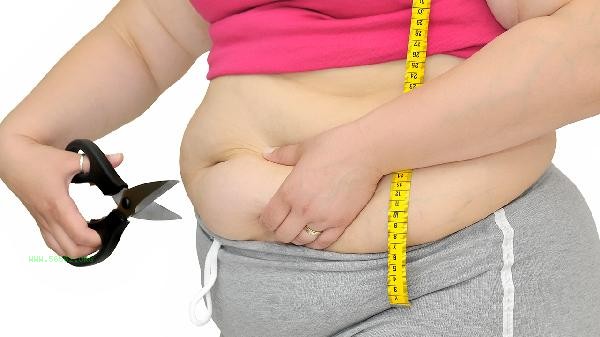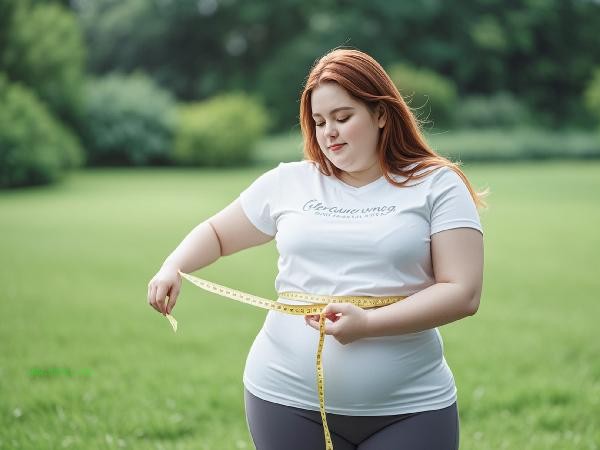Moderate exercise after meals can help with digestion and weight loss. It is recommended to choose low-intensity activities such as walking, standing against the wall, or yoga. Attention should be paid to the time interval and intensity of post meal exercise to avoid immediately intense exercise that may cause gastrointestinal discomfort.

Walking is the most suitable exercise after meals, which can gently stimulate gastrointestinal peristalsis to help digestion and burn some calories. It is recommended to rest for 20-30 minutes after meals, with a duration of around 30 minutes, and maintain a relaxed and natural pace. Standing against a wall is also a good choice. Stand with the back of your head, shoulders, and hips against the wall for 15-20 minutes to avoid food reflux and to burn energy through a static posture. The soothing postures in yoga, such as the cat cow pose and the posture twist, can promote digestion through the abdomen, with each movement maintaining 5-8 breaths.

High intensity exercises such as running, skipping rope, etc. should be performed 1-2 hours after meals, at which point the food in the stomach has been initially digested. Although this type of exercise has a higher fat burning efficiency, fasting exercise may lead to hypoglycemia. It is recommended to supplement carbohydrates in small amounts before exercise. Moderate intensity exercises such as swimming and cycling can be attempted 45 minutes to 1 hour after meals, with a focus on controlling heart rate not exceeding 60% of maximum heart rate. For special populations such as those with weak gastrointestinal function, it is recommended to only engage in walking or breathing exercises and avoid inverted posture movements.

Exercise after meals should be combined with individual physical adjustment. diabetes patients should pay attention to monitoring blood sugar, and pregnant women should avoid pressing the abdomen. After exercise, replenish water in moderation but avoid cold drinks. Eat a small amount of high protein foods such as sugar free yogurt to help with muscle repair. Long term moderate exercise after meals combined with dietary control can effectively improve digestive function and create a calorie deficit, but it is important to note that the duration of a single exercise session should not exceed 1 hour to avoid physical burden. If discomfort symptoms such as stomach pain and dizziness occur, stop exercising immediately and consult a doctor.






Comments (0)
Leave a Comment
No comments yet
Be the first to share your thoughts!